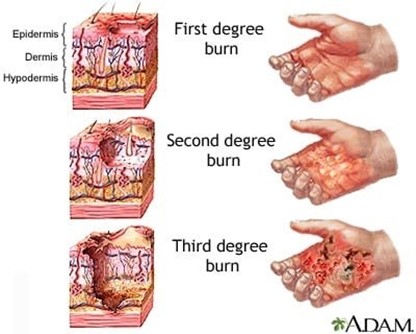The practical nurse (PN) is caring for an adolescent with type 1 diabetes mellitus who presents with an HbA1c of 11% (97 mmol/mol), thirst, and blurred vision.
Which action should the PN take first?
Review prior insulin prescriptions.
Check blood pressure.
Obtain point-of-care glucose.
Assess urine for ketones.
The Correct Answer is C
The first action the PN should take is to obtain a point-of-care glucose test. This will provide immediate information about the patient's blood sugar level and help guide further interventions.
Option A, reviewing prior insulin prescriptions, is important but not the first priority.
Option B, checking blood pressure, is also important but not the most immediate concern.
Option D, assessing urine for ketones, can provide useful information about the presence of ketones in the urine, which can indicate diabetic ketoacidosis, but it is not the first action that should be taken.
Nursing Test Bank
Naxlex Comprehensive Predictor Exams
Related Questions
Correct Answer is B
Explanation
The priority action for the practical nurse (PN) to take while caring for a client that has just arrived in the emergency department with 2nd degree thermal burns to the right thigh, lower leg and foot, and reports severe pain in the right leg is to remove clothing and cover the burned area with a cool damp cloth. This will help to cool the burn and reduce pain.
Anticipating rehydration of 1000 mL/6 hr. with normal saline (Option A) is an important intervention for burn patients, but it is not the first priority. Completely flushing the burned area with water or sterile saline (Option C) may be appropriate in some cases, but it is not the first intervention that should be implemented. Collecting data such as vital signs, blood gases, height and weight (Option D) is also important, but it is not the first priority.

Correct Answer is B
Explanation
Athlete's foot is a fungal infection, and antibiotics are not effective against fungi. The PN should inform the client that they need to use an antifungal medication instead of an antibiotic.
Whether you are a student looking to ace your exams or a practicing nurse seeking to enhance your expertise , our nursing education contents will empower you with the confidence and competence to make a difference in the lives of patients and become a respected leader in the healthcare field.
Visit Naxlex, invest in your future and unlock endless possibilities with our unparalleled nursing education contents today
Report Wrong Answer on the Current Question
Do you disagree with the answer? If yes, what is your expected answer? Explain.
Kindly be descriptive with the issue you are facing.
